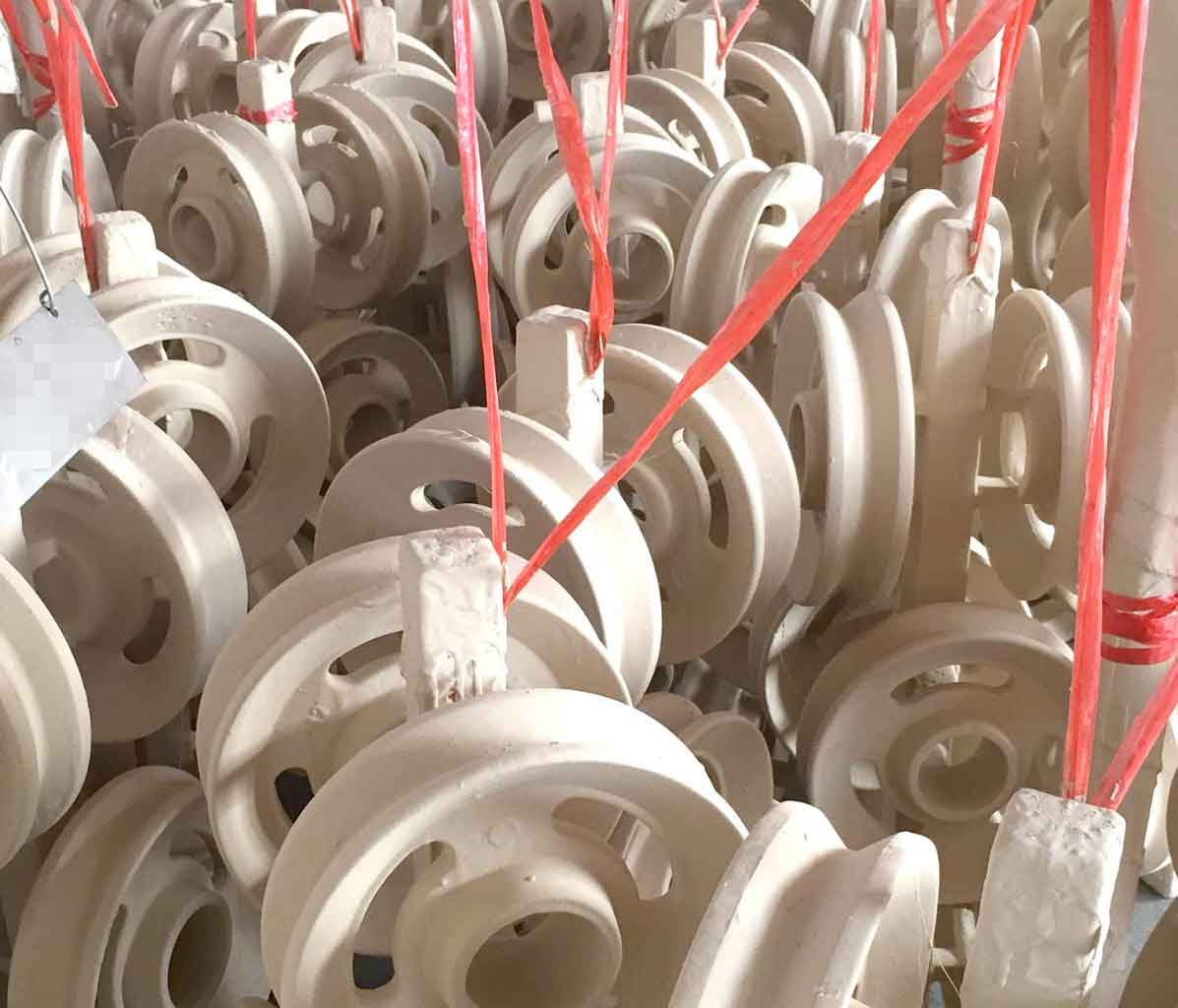The vibration lost foam casting technology is to apply a certain frequency and amplitude of mechanical vibration in the lost foam casting process to make the liquid metal solidify under the excitation force. With the help of the viscous shear force generated by the relative movement between the liquid phase and the solid phase, the dendrite is broken, so as to increase the crystal core in the metal solution and refine the final solidification structure of the casting, The feeding capacity of liquid metal is improved, and the mechanical properties are greatly improved. Vibration in lost foam casting process is a physical modification method with simple operation, low cost and no environmental pollution.

Involving the vibration lost foam casting technology, Yasuo Yamamoto and others in Japan first proposed and invented the reduced pressure vibration casting method in 1989. This casting method applies mechanical vibration to the lost foam casting of nodular cast iron. The results show that vibration can promote the nodularization and grain refinement of nodular cast iron in lost foam casting and improve the casting performance. However, there is no new report on the research of vibration lost foam casting of cast iron alloy.
Huazhong University of science and technology has carried out systematic research on the vibration lost foam casting technology of aluminum (magnesium) alloys under the support of the national “863” program. Lijiqiang, Zhaozhong and others applied mechanical vibration to the lost foam casting of AZ91D, ZL101, A356 and other aluminum (magnesium) alloys, and systematically studied the vibration filling characteristics, vibration solidification microstructure and properties of the alloys. The results show that:
- vibration promotes the fluidity of metal solution and improves the filling ability of the alloy;
- vibration solidification refines the grain size of the alloy and makes the alloy undergo fine grain strengthening;
- the larger the wall thickness of the sample, the more obvious the effect of vibration solidification;
- vibration solidification has the function of degassing and reducing the porosity inside the casting.
The research results of vibration lost foam casting of aluminum (magnesium) alloy show that vibration during alloy solidification is a physical modification method that can refine the casting structure and improve the casting properties.
